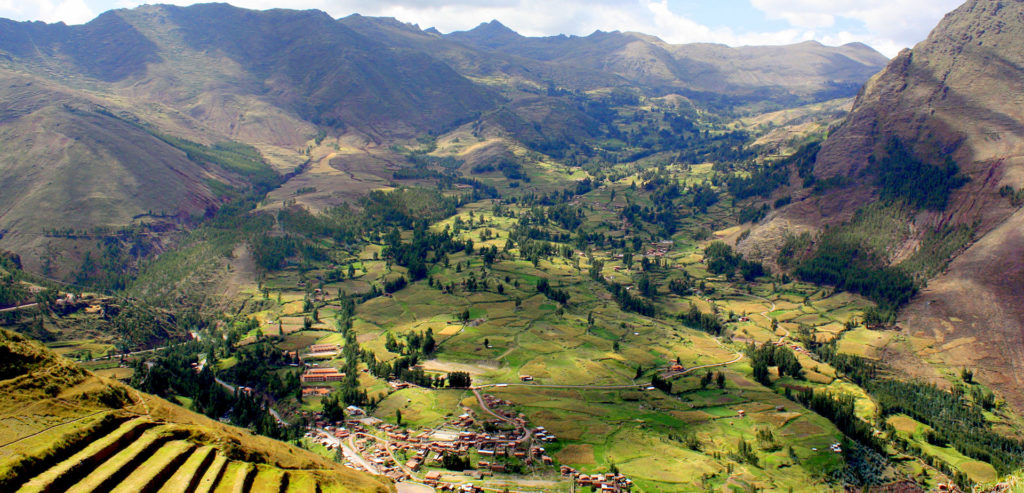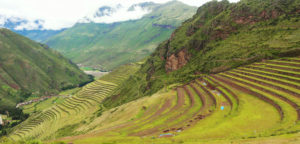 Like everybody else I’ve been reading Sapiens: A Brief History Of Humankind by Yuval Harari- and I was brought up short by one excellent point Harari makes when talking about the first agricultural revolution, the one when we stopped being hunter gatherers:
Like everybody else I’ve been reading Sapiens: A Brief History Of Humankind by Yuval Harari- and I was brought up short by one excellent point Harari makes when talking about the first agricultural revolution, the one when we stopped being hunter gatherers:
“Until the late modern era, more than 90% of humans were peasants who rose each morning to till the land by the sweat of their brows. The extra they produced fed the tiny minority of elites – kings, government officials, soldiers, priests, artists and thinkers – who fill the history books. History is something that very few people have been doing while everyone else was ploughing fields and carrying water buckets.”
Perhaps it’s because I’m in rural Peru, where you can still see hand ploughs used and where the maize is about to be planted. The Sacred Valley, despite the fact that it is so close to both Cusco and Machu Picchu, remains a place made up of smallholdings: campesinos left with tiny plots of less than a hectare since the rather more recent agricultural revolution experienced in Peru in the 1970s when the big Hacienda estates were broken up by a left-wing military government.
 Today I saw teams of women going over the ploughed field breaking down the clods of earth with something that looked like a prehistoric mallet, so that it was fine enough to take maize seeds. Groups of men were burning the last of the stubble after the harvest.
Today I saw teams of women going over the ploughed field breaking down the clods of earth with something that looked like a prehistoric mallet, so that it was fine enough to take maize seeds. Groups of men were burning the last of the stubble after the harvest.
.
.
A farmer showed me one of the hand ploughs that are still used in many of the steeper places where it is difficult to use oxen or tractors: an implement of almost biblical severity and the sort of thing Job would have used. The blade was made of hard chonta wood from the Amazon. To hand-plough hard Andean soil is a truly backbreaking job. This will have been how all the land was cultivated before the Spanish brought the yoked plough and the beasts of burden who could pull it.
Harari makes a particularly good point about the anxiety of agriculture – that hunter gatherers just didn’t have to worry in quite the same way about whether the rains would come, let alone crops fail. It is an anxiety that remains today, particularly as climate change affects the Andes dramatically – this has always been an area that lived on the knife edge of el Niño. I thought too of that terrible statistic in rural India where so many farmers have taken their own lives recently.
The Incas had tremendous respect for agricultural land – like their pre-Columbian forebears, they almost always built their settlements on land that was not fertile so as not to waste it. Far more of the Sacred Valley was under cultivation in their day than it is now.
We remain blithely ignorant so much of the time about agriculture, although as populations and temperatures increase we may find it is an issue we can ill afford to be so ill informed about.
